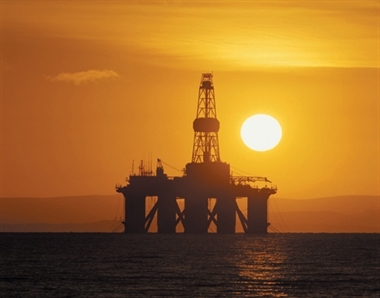
Smarter choices and cost cutting will see oil and gas companies’ exploration efforts worldwide returning to profitability in 2017, a new report has claimed.
A study by industry analyst Wood Mackenzie on what to expect from global oil and gas exploration in the year ahead reveals that exploration should return to profitability in 2017 after five years of only single-digit returns.
The report, Global Exploration: What to look for in 2017, says the search for reserves next year will “continue its transformation to a smaller, more efficient industry” but that “headcount cuts are now mainly in the past”.
Wood Mackenzie also expects the Brent price to rise sharply from 2019, averaging $77 per barrel in real terms for the year. If this happens, then recovery in exploration spend will follow a year or two later.
Dr Andrew Latham, vice president of exploration at Wood Mackenzie said: “The industry has a good chance of achieving double digit returns in 2017. Smarter portfolio choices and lower costs are already paying off.”
The firm expects investment to remain flat at $40billion but that lower costs mean explorers will get more bang for their buck – although well counts are expected to remain about the same as 2016.
Woodmac expects the best discoveries to come from new plays and frontiers.
“More than half of the volumes are expected to be found in deep water. Here some well costs will fall to $30million or less, with full-cycle economics that are positive at less than $50 per barrel,” Dr Latham said.
Areas of focus for oil majors and some independents will focus on gas opportunities near under-supplied markets such as parts of North Africa, Eastern Europe and Latin America, although “over-supplied” LNG plays will be de-emphasised.
But the bad news is high-cost frontiers, such as the ice-impacted offshore Arctic and extreme high pressure/high temperature plays, will be shunned.
“After a decade in the doldrums, the majors’ returns from conventional exploration improved to nearly 10% in 2015. The rest of the industry is heading in the same direction. Fewer, better wells promise a brighter future for explorers,” Dr Latham added.
According to Woodmac’s report, the industry has cut exploration deeper than other upstream spending. Its share of upstream investment will dip to a new low of just 8% in 2017. An eventual return to historic norms – around one dollar in seven – depends on oil price recovery.
Recommended for you

